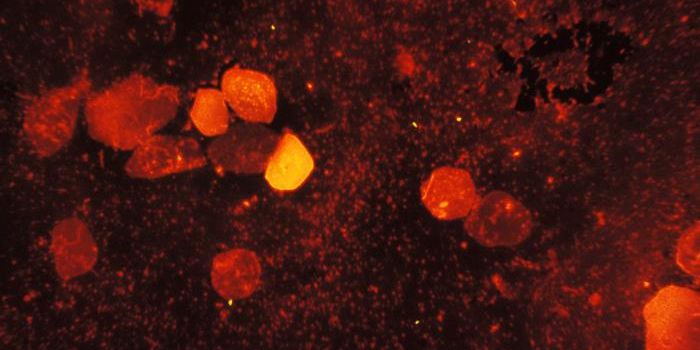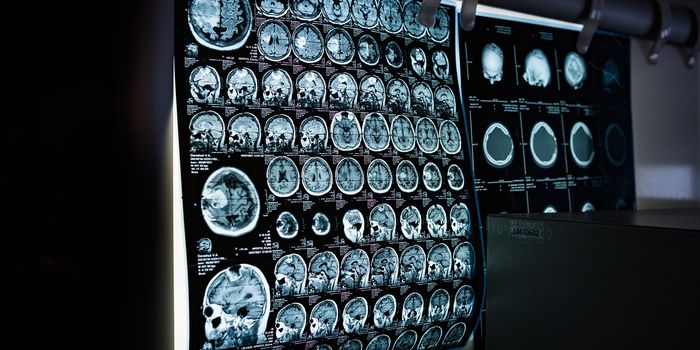Women's Hair Holds Fertility Clues
A new predictive tool for measuring women’s fertility uses an unlikely biological source for answers: hair. During the initial phases of the hair growth cycle, hair shafts under the skin are “fed” with nourishment by a network of blood vessels. At this time, anti-Müllerian hormone (AMH), a glycoprotein hormone whose levels are correlated with fertility, is absorbed into the hair shaft.
AMH levels are standard metric infertility assessments and are known to provide insights into how many eggs a woman has left in her ovaries. Higher AMH levels correspond to higher chances of being able to conceive spontaneously in women between 30 and 44.
These test results are particularly valuable to women undergoing in vitro fertilization, or IVF. At the latest European Society of Human Reproduction and Embryology virtual meeting, research was presented showcasing how hair samples could provide more accurate AMH level measurements for women in the process of IVF. A group of over 150 women had both hair and blood samples taken to quantify the amount of AMH in their bodies. Ultrasounds of their ovaries were also taken to count the number of eggs present in their ovaries. The analysis revealed that AMH present in the participants’ hair was a much better indicator of the long-term average levels of the hormone. In the future, experts believe this could be used as a better predictive tool for clinical fertility procedures.
“Hair is a medium that can accumulate biomarkers over several weeks, while hormone levels in blood can fluctuate rapidly in response to stimuli,” said study lead Sarthak Sawarkar from the US fertility company MedAnswers.
Studies indicate that one in three US adults have either used fertility treatments themselves, or know someone who has. The chances of becoming pregnant through IVF depend heavily on the age and number of a woman’s eggs. On average, only under 40 percent of assisted reproduction cycles for women under 35 results in a live birth, with these numbers diminishing with age. More sensitive and accurate predictive tools such as the AMH hair test may help to better tailor fertility treatments and increase the chances of a healthy pregnancy.
Sources: European Society of Human Reproduction and Embryology, New Scientist, Centres for Disease Control and Prevention.









